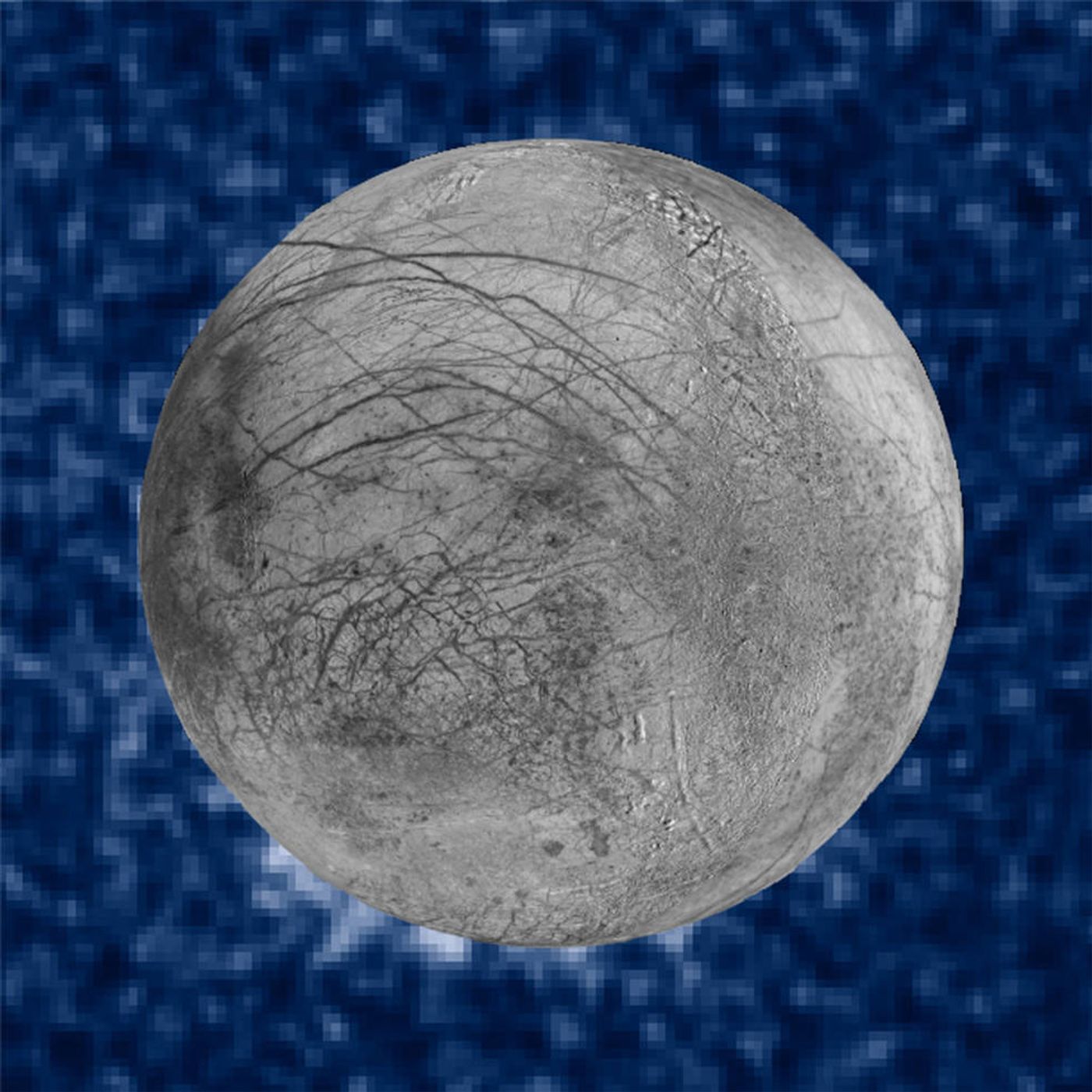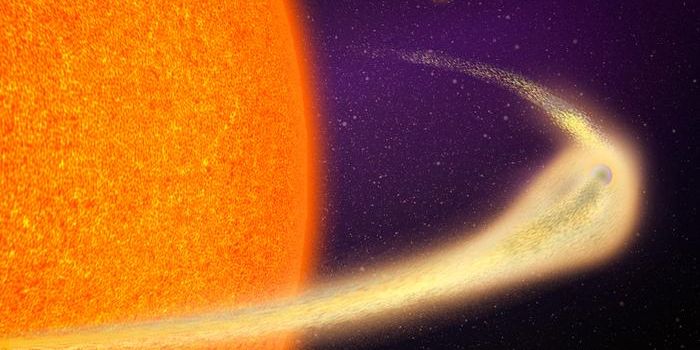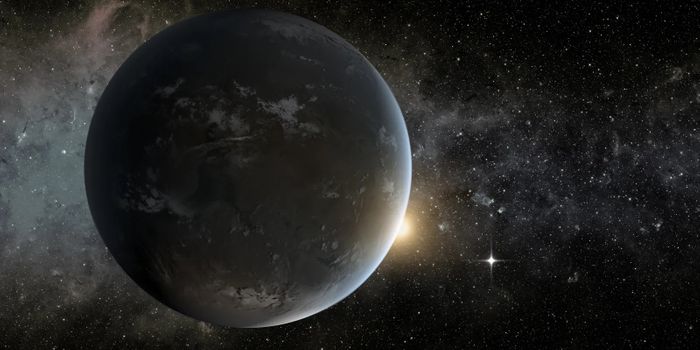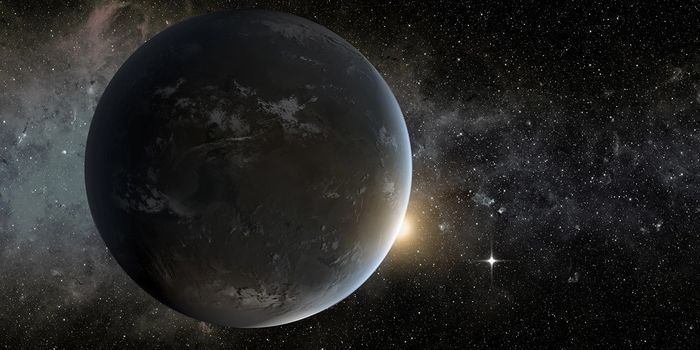Hubble Spots Water Plumes on Jupiter's Moon Europa
NASA is getting pretty excited after the space agency’s Hubble Space Telescope found what appear to be jets of water vapors or ice pluming up from the icy surface of Europa, one of the moons that are orbiting Jupiter.
The water vapors are concentrated around the South pole region of the moon and are busting through the icy surface that could be hiding a sub-surface ocean; scientists are itching to get some samples.

Image Credit: NASA/ESA/W. Sparks (STScI)/USGS Astrogeology Science Center
“If plumes exist, this is an exciting find,” lead researcher William Sparks said. “It means we may be able to explore that ocean, that ocean of Europa, and for organic chemicals. It would allow us to search for signs of life without having to drill through miles of ice.”
“We presume it to be water vapor or ice particles because that’s what Europa’s made of, and those molecules do appear at the wavelengths we observed.”
The discovery is not only exciting, but it opens the door for future exploration. This is an incredible discovery that means scientists can send a space probe right into the plume of water for samples rather than sending a spacecraft to Europa to drill into its thick icy shell.
Scientists are convinced that Europa could have the highest chance of supporting life forms out of any other known body in our Solar System to date.
Performing this analysis might open some doors into learning about the composition of the liquid water on Europa, and moreover figuring out whether or not it can sustain life.
It’s worth mentioning that Europa is distant from the Sun, so it’s really not that warm of a place. At its location in our Solar System, it has an average temperature of -260º Fahrenheit. Europa is also tidally-locked with Jupiter, which means the same face is always pointing towards the gassy giant planet.
Knowing what we do now about Europa, exploration into its composition may yield some interesting results. It’s not known what we may run into, but following this discovery, it’s almost certain that NASA will be trying to go to Europa to learn more about what’s inside.
Source: NASA via The Guardian








